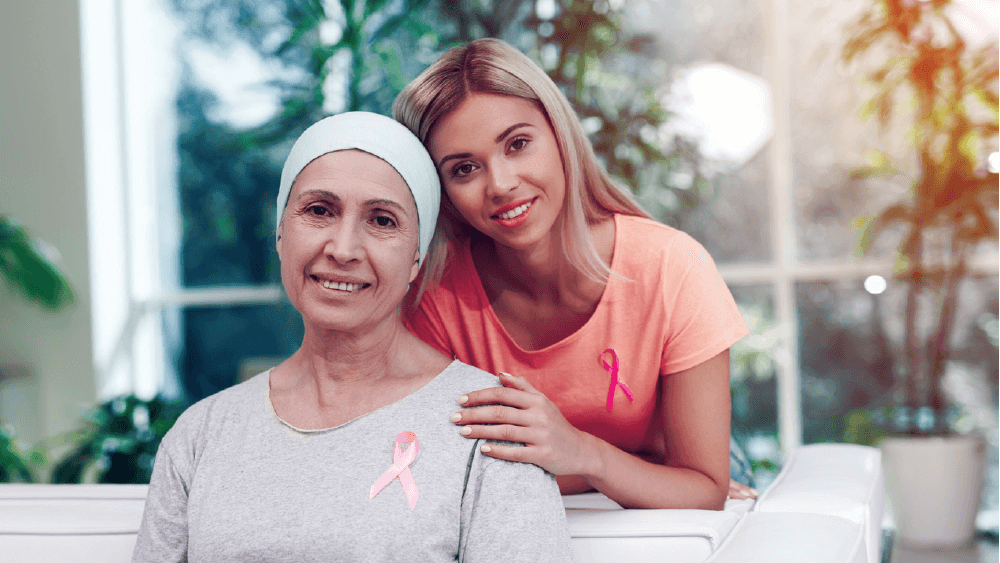The TAILORx study says about 70% of early stage breast cancer patients can avoid the agony of chemotherapy.
The Trial Assigning Individualized Options for Treatment (Rx) study is the largest ever breast cancer treatment trial that was supported by the United States National Cancer Institute (NCI) and designed and led by the ECOG-ACRIN Cancer Research Group and was published in the New England Journal of Medicine in June. Breast cancer is the most common cancer in women in India and accounts for 27% of all cancers in women. At an incidence rate of 25.8 per 100,000, it is lower than in some developed countries, but the mortality rate (12.7 per 100,000) is comparable to that in western countries. Data on incidence rates of breast cancer from six major cancer registries of India show that the annual percentage increase in the incidence of breast cancer has been in the 0.46 to 2.56% range. The trial enrolled 10,273 women with breast cancer from 6 countries across the globe. It used the Oncotype DX Breast Recurrence Score® (BRS®) test that assesses the expression of 21 genes associated with breast cancer recurrence to assign women with early-stage, HR-positive, HER2-negative, axillary lymph node-negative breast cancer to the most appropriate and effective post-operative treatment.
Also Read: First Digital Breast Tomosynthesis
TAILORx participants with BRS®results from 0 to 10 were treated with endocrine therapy alone based on the prior results from the NSABP B-20 study, which showed no opportunity for chemotherapy benefit. TAILORx participants with BRS results from 26 to 100 were treated with chemotherapy plus endocrine therapy based on the prior results from the NSABP B-20 study, which showed an absolute benefit of chemotherapy greater than 20%. To more precisely define the effect of chemotherapy for women considered to be at intermediate risk for recurrence, 6,711 women with Oncotype DX BRS® results of 11 to 25, the primary study group in TAILORx, were randomized to receive endocrine therapy with or without chemotherapy. These randomized patients comprised two-thirds of all patients enrolled in TAILORx and were followed by the investigators for approximately nine years on average. The majority of breast cancer patients diagnosed worldwide have hormone-positive, HER2-negative, node-negative cancer.
Also Read: Screening for Cervical Precancer in India
The TAILORx study definitively established that chemotherapy may be spared in about 70% of these patients, including all women older than 50 with BRS® results of 0 to 25 and all women age 50 or younger with BRS® results of 0 to 15. Importantly, 30 percent of early-stage breast cancer patients will derive benefit from chemotherapy, including women of any age with BRS® results of 26 to 100, and in women younger than 50, where a modest (2 percent) benefit from chemotherapy was observed with BRS® results of 16 to 20, which gradually grew as scores increased up to and above 25. This important finding reveals a new level of precision of chemotherapy benefit for younger patients that only the Oncotype DX® test can provide. The TAILORx findings can spare thousands of women from getting toxic chemotherapy treatment that really wouldn’t benefit them. The medical fraternity will be highly benefited with this breakthrough finding wherein they will be able to identify the right patients who can benefit from chemotherapy and sparing chemotherapy and its toxic side effects in those who will not benefit from its treatment. The only drawback of the Oncotype DX test is its cost which is around Rs. 2.75 lacs in India. allowed us to avoid chemotherapy for a certain group of patients. We can select the people who don’t need chemo and administer it to only those who need it.”
Source: www.healthtechnology.com

